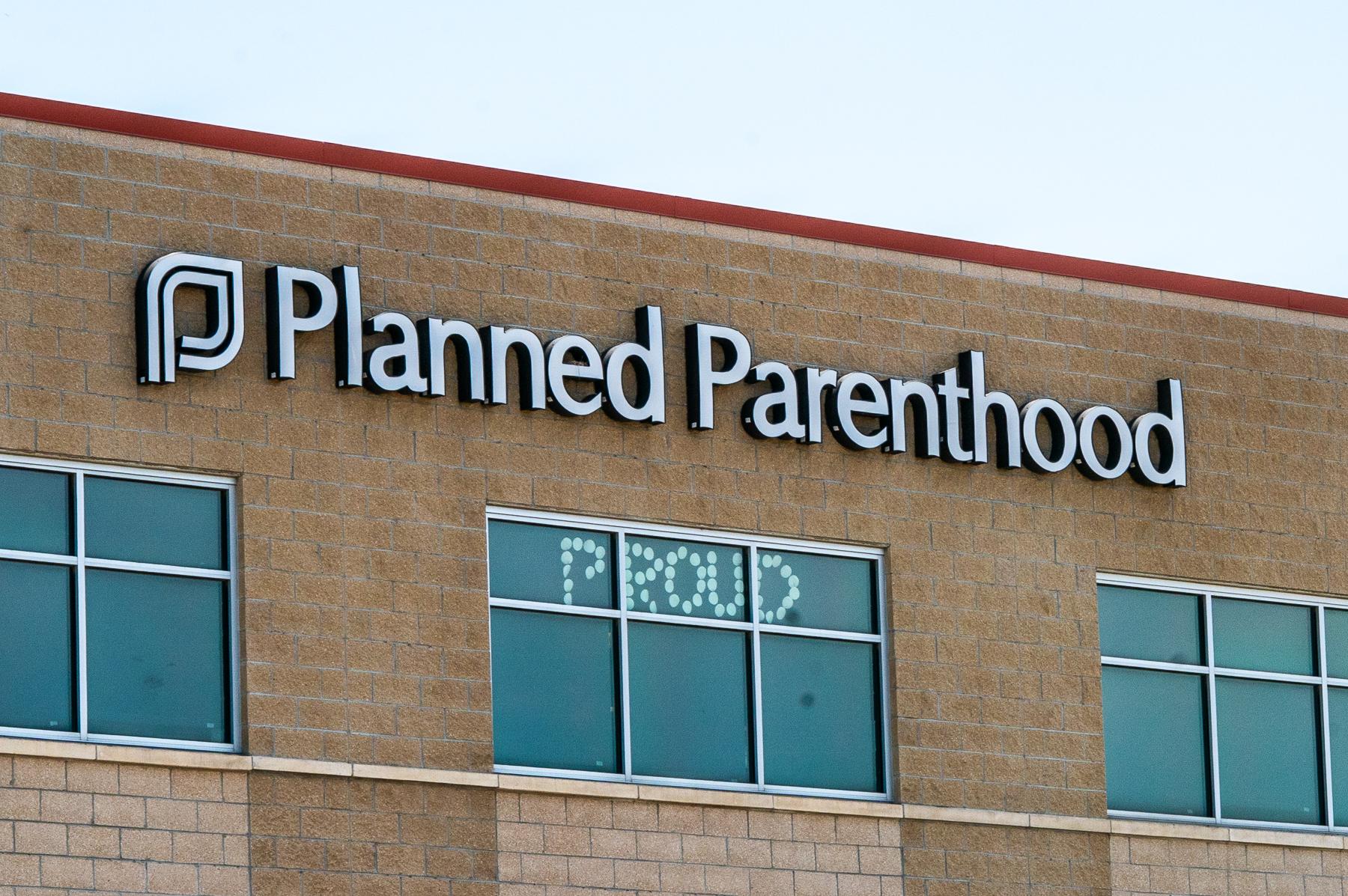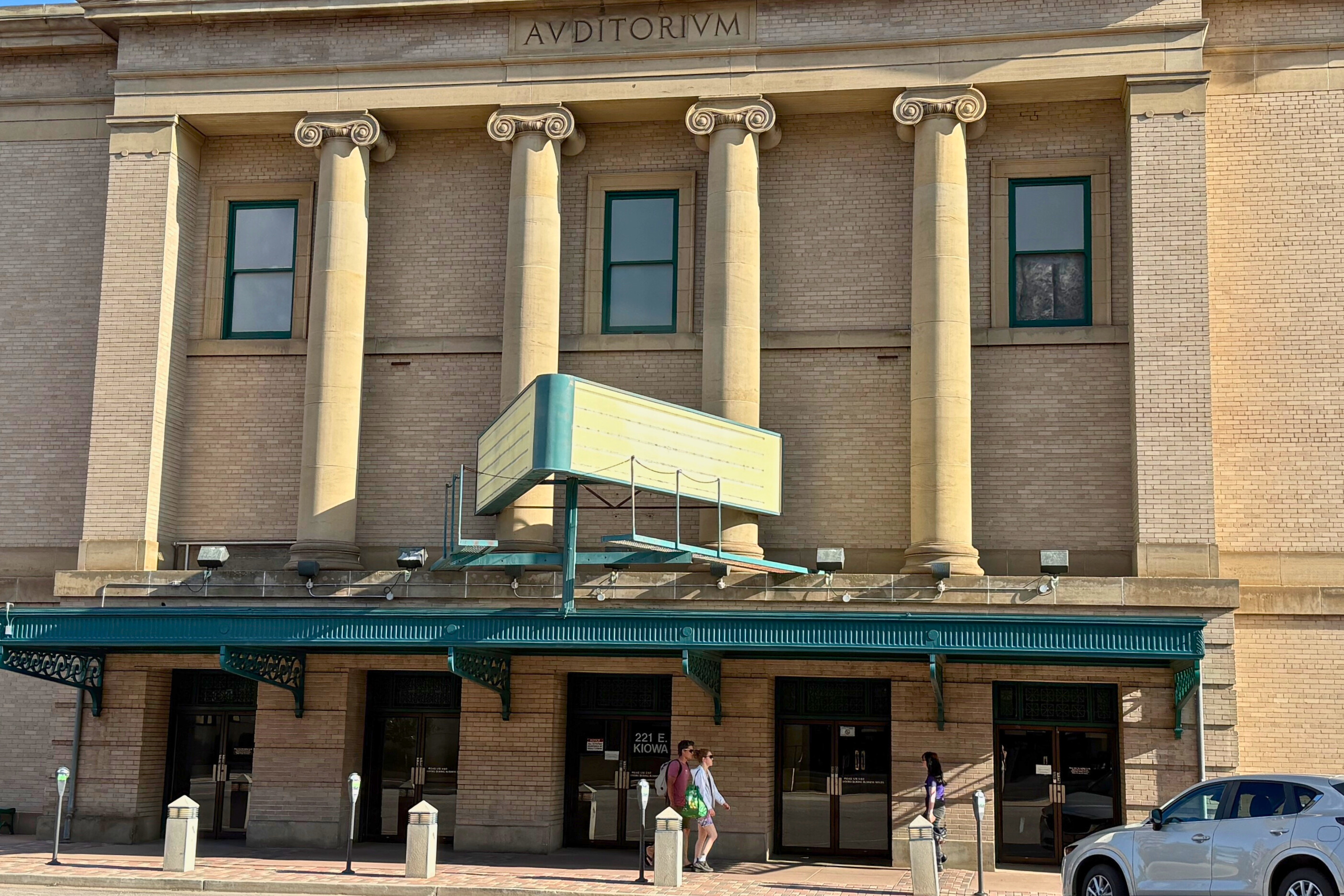

The U.S. and Colorado have been hot. Really hot.
Average temperatures in June were higher than usual, marking last month the third-warmest June recorded in the nation and across the state, according to a report from the National Oceanic and Atmospheric Administration.
The hottest day in Denver tied the all-time-high record with 105 degrees on June 28. The average temperature in Colorado was 4 degrees warmer than what Colorado typically expects to see in June, said Assistant State Climatologist Becky Bolinger with Colorado Climate Center.
“Some areas of the state have seen their record warmest January through June period, particularly around the San Juan Mountains and the Sangre de Cristo Mountains, which interestingly enough coincides with where we have seen some of the largest wildfires happen.”
Additional record high temperatures for June 28th across northeast Colorado. #COwx pic.twitter.com/BmyUUaeg4M
Colorado tied with 2016 for the fourth-warmest January through June period. The other two records were set in 2002 and 2012 when Colorado experienced droughts, she said.
From June through July 10, the Denver-Stapleton area had 27 days where the temperature rose above 90 degrees. That’s 12 days more than what the area usually experiences by this time of the year, she said.
“The fact that we have had so many already is pretty remarkable," she said. "Almost across the board, any location you look at in the state has had a much higher number of 90-degree days than they normally see at this time of year."
In Denver, the normal high temperature in January is about 45 degrees, but on Jan. 20, the temperature hit a high of 69 degrees. And in April, the high is normally 60 degrees, but the temperature spiked to 82 degrees on April 12. Denver saw yet another jump on May 11 with a high of 91 degrees when there’s normally only a high of 69 degrees.
“It is increasingly common to break a record-high temperature. It does happen more often now and it's harder to break record low temperatures,” she said. “That kind of goes along with the long-term temperature trends we’re seeing.”
In June alone, 215 daily high records were broken across the state, she said. At Grizzly Peak, near Leadville, Colorado, the record-high of 76 degrees from 1989 was broken - twice and within weeks of each other. First on June 15 at 84 degrees and then again on June 27 at 86 degrees.
Bolinger said the increase in broken temperatures could because of a combination of drought and climate change.
The Climate Prediction Center released an outlook for July through September that shows a continued chance for above-average temperature across the country.
“It is very likely we’ll continue breaking daily high records even in a cooler-than-average month,” she said. “Once fall comes in and as we get closer to winter you just get a more variable weather pattern. You’re going to have cold days. You’re going to have warm days.”
Bolinger said the Climate Prediction Center is forecasting an El Niño this winter at a greater than 50 percent chance, which could bring wetter-than-average conditions.
“Don’t expect winter not to come,” she said. “Winter will come. Snow will come. But for the foreseeable future, expect it to be warm.”









